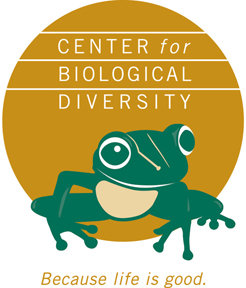U.S. Navy’s Removal of Introduced Livestock Spurred Recovery of Native Species
May 5, 2021 - LOS ANGELES, Calif.— The U.S. Fish and Wildlife Service proposed on Tuesday to remove Endangered Species Act protection from the San Clemente Island Bell's sparrow and  four plant species, all found only on San Clemente Island, one of the Channel Islands off the southern coast of California.
four plant species, all found only on San Clemente Island, one of the Channel Islands off the southern coast of California.
The 57-square-mile San Clemente Island is entirely owned and managed by the U.S. Navy. The introduction of sheep, cattle, pigs, mule deer and goats led to the decline of the island’s native species. In 1977 the Bell’s sparrow was listed as threatened under the Endangered Species Act, and the San Clemente Island bush-mallow, San Clemente Island paintbrush, San Clemente Island lotus and San Clemente Island larkspur were listed as endangered.
Grayish-brown with a small dark breast spot, white eye rings and striking white and black stripes, the Bell’s sparrow declined to as few as 38 known individuals by 1984. And by 1990, a single known bush-mallow clung to life on the island, according to media reports.
“The native species of San Clemente Island were pushed right to the brink of extinction by the shortsighted introduction of invasive livestock and poor land-management practices,” said Noah Greenwald, endangered species director at the Center for Biological Diversity. “We’re glad that the Navy took responsibility for its past mistakes and removed non-native animals from this fragile ecosystem, giving these unique species a fighting chance at recovery.”
The Navy began removing feral goats and pigs from the island in 1992, roughly two centuries after sailors first brought the animals ashore. The Bell’s sparrow population has since bounced back to more than 4,000 adults, and the removal of goats has enabled the island’s native plants to recover.
The Center for Biological Diversity is a national, nonprofit conservation organization with more than 1.7 million members and online activists dedicated to the protection of endangered species and wild places.
Source: Center for Biological Diversity








